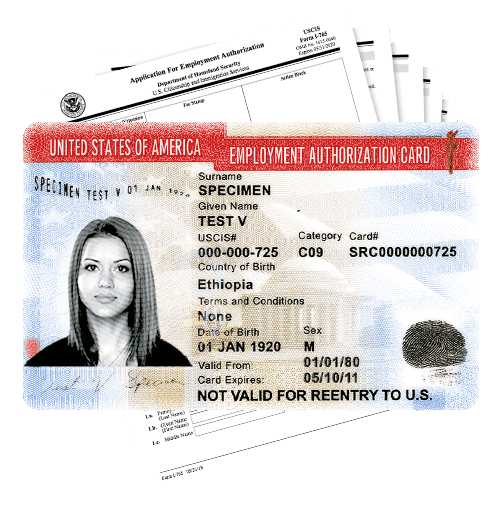On June 24, 2015, the Secretary of the Department of Homeland Security designated Nepal as a country qualifying for Temporary Protected Status (commonly referred to as “TPS”). Many individuals from Nepal are now faced with the question of whether or not to apply for TPS or asylum. To help assist those potentially facing this dilemma, I want to provide a brief explanation regarding the difference between the two benefits.
Temporary Protected Status is a temporary immigration benefit that allows qualifying nationals from a designated country the right to remain in the United States legally until a specific date. TPS also authorizes qualifying nationals to obtain a work permit for the duration of their authorized stay. Some people may also qualify to receive authorization from the United States Citizenship and Immigration Service (USCIS) to leave the United States, travel to Nepal, and then re-enter the United States.
In order to be eligible for Nepali TPS, you must provide evidence to USCIS of the following:
1. That you have continuously resided, which means you have been physically present, in the United States since June 24, 2015.
2. That you are a national of Nepal. If you have no nationality (for example you are a Tibetan or Bhutanese refugee), you may still qualify if you can show that the country you last resided in was Nepal.
3. That you have not been convicted of a felony or 2 or more misdemeanors in the United States, and that you are not inadmissible to the United States on other security-related grounds.
TPS is granted on a case-by-case basis, which means that you must apply for TPS in order to receive it. The last date that you can apply is December 21, 2015. If you do not apply by December 21, 2015, you will not be eligible to receive TPS.
Applying for Both TPS and Asylum
It is important to note that TPS is a TEMPORARY immigration benefit and does not lead to lawful permanent resident status. However, you can apply for TPS in addition to other permanent immigration benefits such as asylum. While TPS is available to anyone who meets the qualifications listed above, asylum is a benefit that is only available to those that are able to prove that they were persecuted in the past, or that they fear future persecution on account of a protected ground.
If you believe that you may qualify for both benefits, it is important to understand that asylum leads to permanent legal status in the United States and TPS does not. Furthermore, if you apply for asylum and TPS, you cannot return to Nepal or your asylum claim will be deemed abandoned.
There may be an advantage, however, to applying for both benefits: If you are granted TPS and it is extended by the government (which has happened with many other TPS designated countries), you may remain in a protected status even if your asylum claim is denied.
For more information on the process of applying for asylum, please refer to my previous post, Mission: Securing Asylum for Tibetan Nationals. If you have questions regarding your eligibility for either benefit please don’t hesitate to contact me atKChaltain@smalawyers.com. As always, we are here to help.
`








